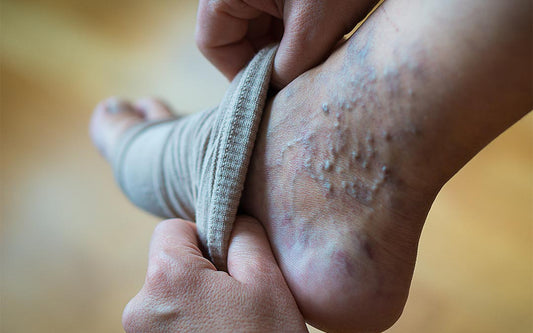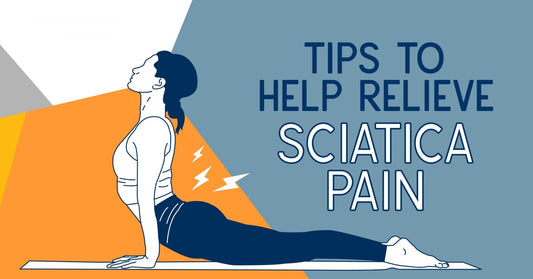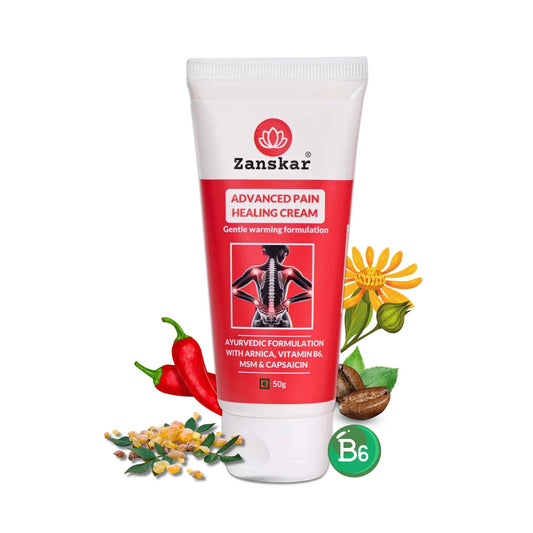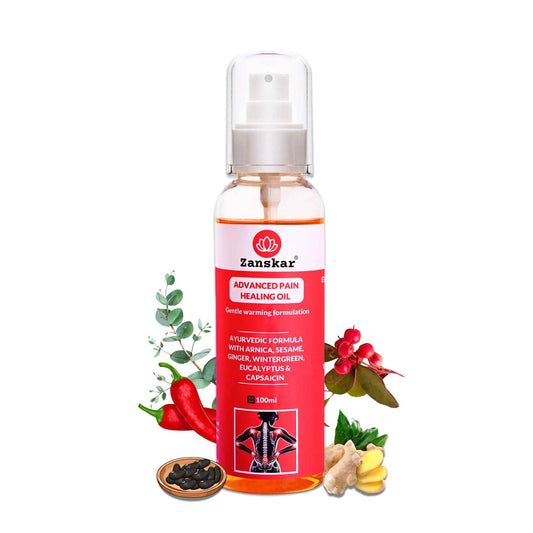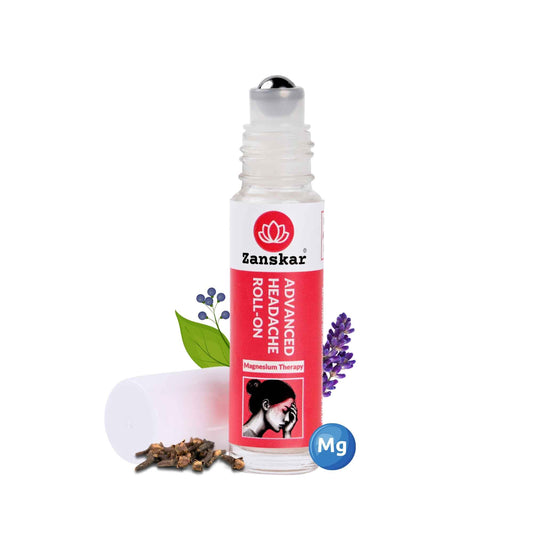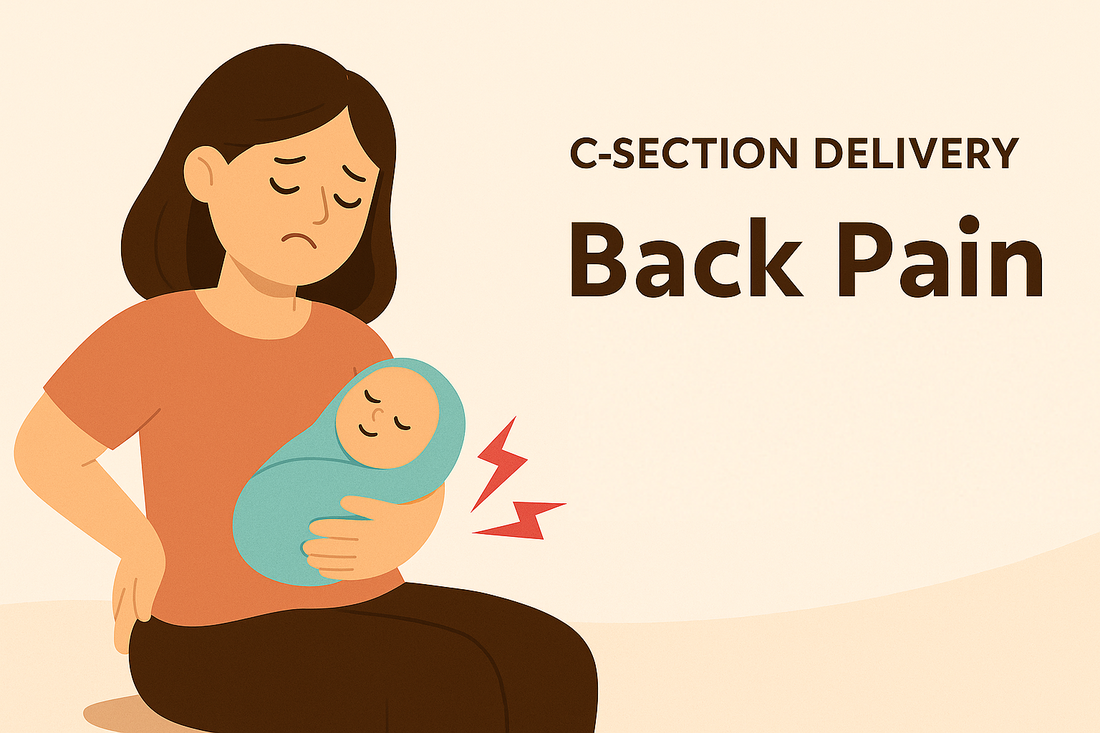
Back pain after C-section: causes, tips, and exercises to feel better
Many people experience back pain even after a cesarean birth. That’s because the physical changes of pregnancy and recovery from major abdominal surgery can both strain your back. While back pain after a C‑section is common (research shows about 70 % of people who give birth via cesarean report it), that doesn’t mean you have to endure it. There are gentle and safe ways to ease your discomfort through exercise and habit adjustments.
Common Causes of Back Pain After C-Section
1. Hormonal Changes: Pregnancy hormones loosen the ligaments in your lower back and pelvis to prepare for birth—changes that can continue to strain your back post-delivery.
2. Weakened Abdominal Muscles: The stretching and possible separation of abdominal muscles during pregnancy can diminish support for your spine, leading to back and pelvic pain.
3. Posture Shifts: As pregnancy shifts your center of gravity forward, your posture adapts—and it can take time to return to normal after delivery.
4. Surgical Recovery: Recovering from abdominal surgery affects posture and muscle use. It’s common to feel tightness or adjust your movements to protect your incision, both of which may strain your back.
5. Stress and Tension: The exhaustion and stress of new parenthood often lead to muscle tension and spasms.
6. Newborn Care Strain: Frequent lifting, bending, holding baby, diaper changes, and feeding all add physical stress to your back and neck.
7. Pre‑Existing Back Pain: If you had back discomfort before pregnancy, you may be more prone to it afterward.
Other factors may also contribute:
- Anesthesia Effects: Epidurals or spinal blocks used during surgery can sometimes cause muscle spasms near the spine.
- Inflammation and Tissue Healing: Surgery through multiple tissue layers can result in inflammation affecting the abs and back.
When to See a Doctor
Back pain after a C‑section is usually not serious and often resolves naturally. However, reach out to a healthcare provider if you experience:
- Sudden onset of severe pain
- Pain that interferes with daily activities or childcare
- Numbness or tingling in the lower body
- Changes in bladder or bowel function
How to Relieve Back Pain After C-Section
1. Gentle Movement and Exercise
Once your doctor clears you (often around 4–6 weeks post-surgery), gradually reintroduce light activity:
- Start with short, slow walks.
- Add gentle core activation exercises like abdominal bracing and diaphragmatic breathing.
- Stretch areas prone to tightness—hip flexors, glutes, and sides.
2. Posture Awareness
- Keep your shoulders relaxed and back aligned while feeding or holding your baby.
- Use pillows or lumbar rolls to support your back when sitting.
3. Using Natural Topical Pain Relief
Consider using Zanskar oil which contains a natural and safe-to-use blend of linseed, capsaicin, ginger, sesame, and eucalyptus—ingredients known to improve circulation, relax tight muscles, and reduce inflammation.
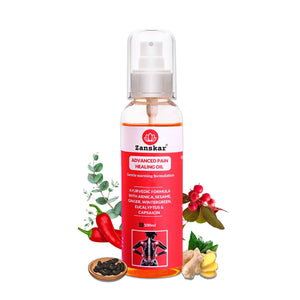
4. Heat and Cold Therapy
- Use a cold pack in the first few days for swelling and inflammation.
- Switch to a warm compress or a light massage with Zanskar Health Oil once healing has progressed.
5. Smart Lifting
- Bend at the knees, keeping your back straight
- hold your baby close to your body to avoid strain.
6. Supportive Accessories
-
A belly binder or postpartum wrap can help support your abdomen and improve posture.
Exercises That May Help
Gentle exercises that may ease post-C‑section back pain include:
1. Diaphragmatic breathing
Also called deep belly breathing, this exercise helps reconnect the core and pelvic floor muscles, improve strength, relieve muscle tension, and reduce stress.
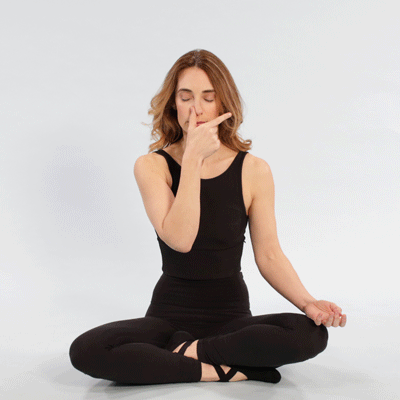
2. Abdominal bracing

3. Standing child’s pose

4. Hip-flexor stretch
This move stretches your hip flexors, which can become short and tight during pregnancy. It also gently stretches the tissue around your scar and the muscles along the sides of your torso and hips.

5. Glute stretch
Your glute muscles can become less active during pregnancy, which may contribute to lower back pain. This exercise helps you wake up and strengthen your glutes, making it easier to support your lower back during everyday activities like lifting and carrying
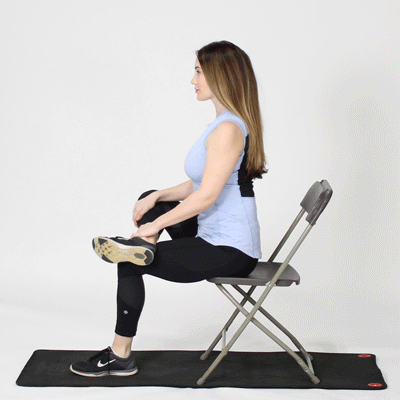
Recovery Outlook
Most individuals find that back pain improves over time as they heal and regain core strength. With gentle movement, mindful adjustments, and professional support when needed, you can manage and minimize post-C-section back discomfort effectively.
Learn More About Us
If you have joint pain, muscle pain or headaches that makes it hard to move, Zanskar offers the most advanced full stack pain relief solutions for you.
Now available to purchase, Zanskar® pain-care range have unique bio-active formulations. It provides lasting relief from muscle and joint discomfort that you can feel good about. Get your fix before stocks run out - buy now.
You can also gain access to therapeutic exercises and stretches for your condition by downloading the Zanskar Health physiotherapy mobile app. Additionally, you’ll have a personal care team to guide, support, and tailor our program to you, including behavioral and nutritional coaching.
Download our mobile app here 👉 download and track your exercise streak.
Medical Review: This article is written and medically reviewed by Dr Nishtha Mittal (Senior Health Content Editor at Zanskar Health). This article and its contents are provided for educational and informational purposes only and do not constitute medical advice or professional services specific to you or your medical condition.


